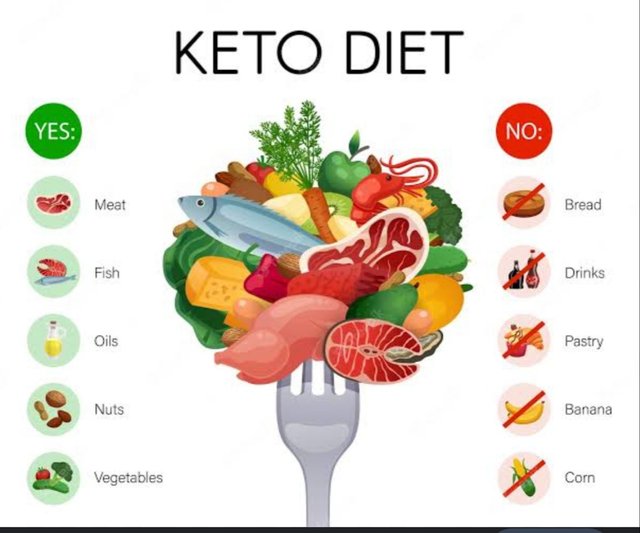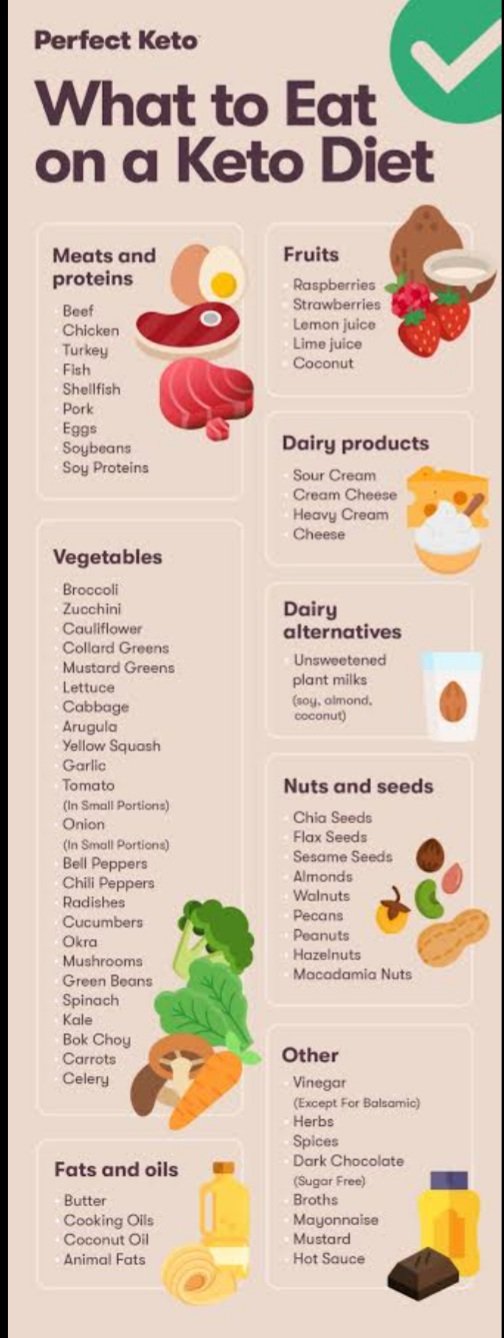The Keto Diet: A Comprehensive Guide to Ketogenic Eating


Introduction
The ketogenic diet, commonly known as the keto diet, has gained significant popularity in recent years as a method for weight loss and improved overall health. This low-carbohydrate, high-fat diet involves drastically reducing your carbohydrate intake and replacing it with fats. In this article, we will provide you with a comprehensive guide to the keto diet, including its principles, benefits, potential risks, and tips for getting started.
Understanding the Keto Diet:
The main principle of the keto diet is to induce a metabolic state called ketosis. When you consume very few carbohydrates, your body starts to burn stored fat for fuel instead of glucose derived from carbohydrates. This metabolic switch results in the production of ketones, which are used by the body as an alternative energy source.
Benefits of the Keto Diet:
Weight Loss: The primary reason people turn to the keto diet is for weight loss. By restricting carbohydrates and increasing fat intake, the body becomes more efficient at burning stored fat, leading to significant weight loss.
Increased Energy Levels: Once your body adapts to burning fat for fuel, many individuals report having sustained energy levels throughout the day, without experiencing the crashes commonly associated with carbohydrate-rich diets.
Mental Clarity and Focus: Ketones, the byproduct of fat metabolism during ketosis, have been shown to provide a steady source of energy to the brain, leading to improved cognitive function, mental clarity, and focus.
Appetite Suppression: High-fat foods are typically more satiating, helping to curb cravings and reduce overall calorie intake.
Potential Health Benefits: Some studies suggest that the keto diet may have positive effects on certain health conditions, such as epilepsy, type 2 diabetes, metabolic syndrome, and polycystic ovary syndrome (PCOS).
Risks and Considerations:
While the keto diet has numerous benefits, it's important to consider potential risks and challenges:
Nutrient Deficiencies: Severely limiting carbohydrate-rich foods can lead to deficiencies in certain vitamins, minerals, and fiber. Therefore, it's crucial to plan meals carefully and consider supplementation if necessary.
Keto Flu: When transitioning to a keto diet, some people experience flu-like symptoms, known as the keto flu. These can include fatigue, headaches, nausea, and dizziness. Staying well-hydrated and ensuring sufficient electrolyte intake can help alleviate these symptoms.
Sustainability: The strict nature of the keto diet can make it challenging to maintain in the long term. It requires careful meal planning and may restrict certain food groups, which can impact social activities and overall dietary enjoyment.
Individual Variations: The keto diet may not be suitable for everyone. Individuals with certain medical conditions, such as pancreatitis, liver disease, or gallbladder disease, should consult with a healthcare professional before starting the diet.
Getting Started with the Keto Diet:
If you're considering trying the keto diet, here are some essential tips to get started:
Calculate Your Macronutrient Ratio: Determine your daily calorie needs and adjust your macronutrient intake to fit the keto diet. Generally, this means consuming around 70-75% of calories from fat, 20-25% from protein, and 5-10% from carbohydrates.
Choose Healthy Fats: Opt for healthy fats like avocados, nuts and seeds, olive oil, and coconut oil. Avoid unhealthy trans fats found in processed and fried foods.
Focus on Low-Carb Foods: Incorporate non-starchy vegetables, such as leafy greens, broccoli, and cauliflower, along with moderate protein sources like meat, fish, and eggs.
Stay Hydrated: Drink plenty of water throughout the day to prevent dehydration.